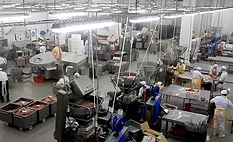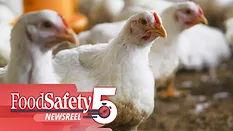
Risk Assessment
Risk assessment involves strategies, practices, and protocols for assessing, analyzing, and mitigating risks to food safety and quality in business operations.
Articles
More ArticlesNever miss the latest news and trends driving the food safety industry
eNewsletter | Website | eMagazine
JOIN TODAY!Copyright ©2025. All Rights Reserved BNP Media.
Design, CMS, Hosting & Web Development :: ePublishing


